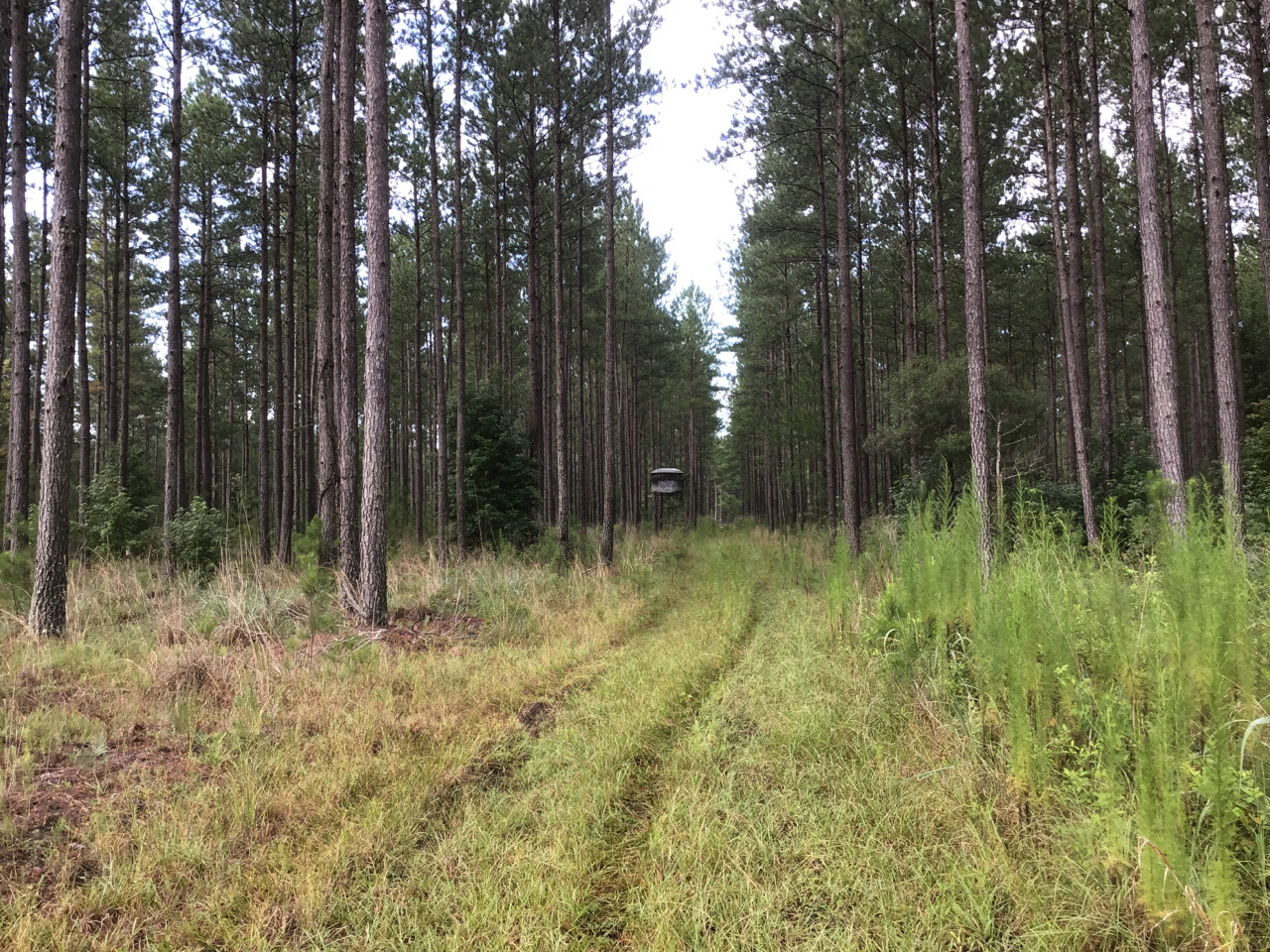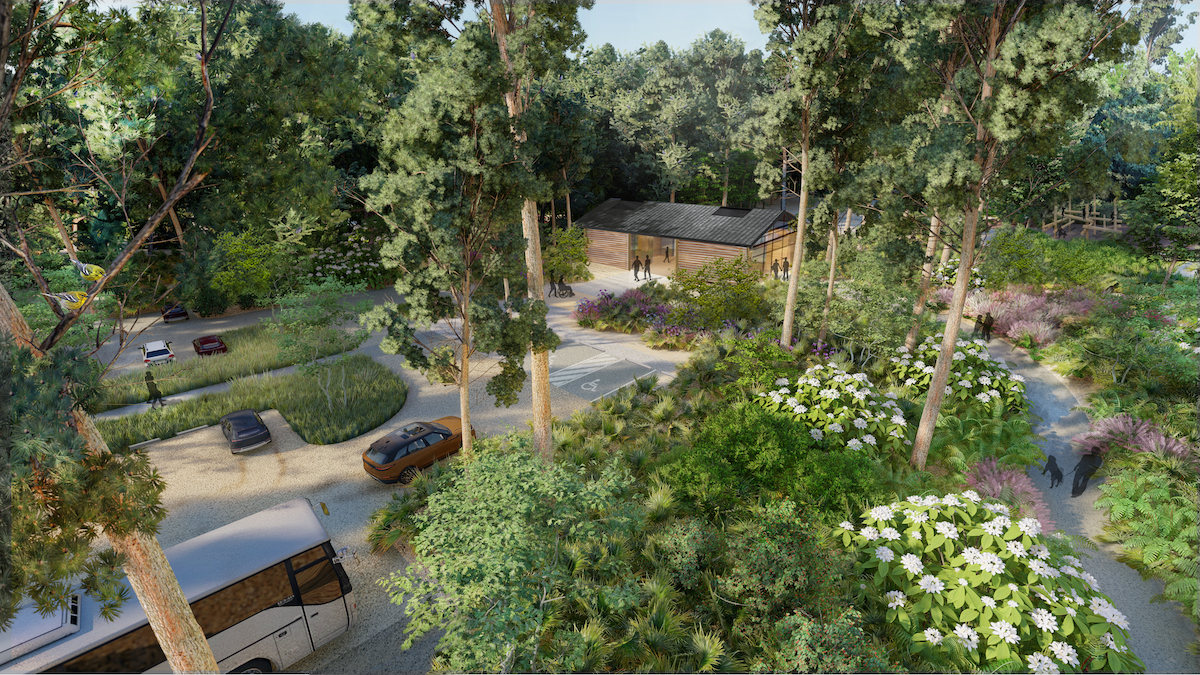
Dear Friends,
Have you ever ventured north? No, I don’t mean New York, but South Carolina’s North Coast. It wasn’t until I transitioned into the North Coast Project Manager role in 2019 that I began to explore the northern part of our region. Lowcountry Land Trust defines the North Coast territory as an area spanning from Awendaw to the North Carolina state line. This area includes numerous stunning natural places such as the Black River, the Santee Coastal Reserve, the Francis Marion National Forest, and the Waccamaw National Wildlife Refuge. Just listing these places makes me want to find a kayak and hit the water or scoop up my furry companion, Taz, for a hike in a longleaf pine savannah.
The Lowcountry is full of diverse forests, beaches, rivers, swamps, and marshes that really allow everyone to enjoy our region in their own way. Something that I have come to observe as I have explored the North Coast more is that it is not only our natural communities, but also our human communities that make it so special. I remember when my father visited Charleston from Arkansas last year and we decided to make a trip to the small fishing community of McClellanville. We enjoyed a nice shrimp dinner at T.W. Graham’s and my dad asked the waitstaff, “Where do you all get your shrimp?” The server pointed and said “Right over there.” They were referring to the shrimp boats docked on Jeremy Creek.
Instantly I began to reflect on the importance of our natural communities to our human communities. In many ways we cannot separate the two. Our natural communities affect our human communities and visa versa. A prime example is our bottomland hardwood forests in the North Coast. A mature cypress tree can consume up to 8,000 gallons of water per year. How many cypress trees are there along the Santee River or the Waccamaw River? Your guess is good as mine, but I think thousands would be a good start. These trees are vital to preventing flooding in our downstream communities like Georgetown. That is one of the many reasons why when I examine a potential conservation project I look for bottomland hardwood forests.
I find it inspiring to think that not only is the land protection work in the North Coast, which occurs because of your kind support, benefiting our natural communities, but it’s benefiting our human communities as well. When I approach my work at Lowcountry Land Trust, it’s not just making a difference for nature that drives me; it’s the difference we make for people too. Nature is the uniting factor. The work we do affects all of us.
With gratitude,
Ashton Lamb
North Coast Project Manager
Lowcountry Land Trust

Monday, July 20th: Conservation Coordinator Alison Cercy and Stewardship Coordinator Maggie Gardner visited the Ravens Bluff conservation neighborhood on Johns Island. Ravens Bluff is one of three conservation communities in Lowcountry Land Trust’s portfolio.
 Masked stewardship visits are the new normal.
Masked stewardship visits are the new normal.
Tuesday, July 21st: The Conservation Team continued to work on grant applications and easement project closings.
Senior Stewardship Program Manager Nathan Moyer joined in on a Longleaf Flora and Fauna webinar hosted by Clemson Extension Forestry & Natural Resources in Partnership with The Longleaf Alliance. The webinar discussed the functional importance of native plants and animals in the longleaf ecosystem.
Wednesday, July 22nd: North Coast Project Manager Ashton Lamb and Chief Conservation Officer David Ray joined a Farm Bill working group call hosted by the Land Trust Alliance with land trust staff from across the country. The group began sharing ideas on how to improve the current Farm Bill in preparation for its 2023 vote.
Stewardship Coordinator Maggie Gardner sat in on the webinar “A More Resilient Future for Charleston: Responding to the Army Corps Proposed Seawall” hosted by Southern Environmental Law Center and the Coastal Conservation League. This webinar showcased possible natural-based solutions that could be integrated into the Army Corps Proposed Seawall Plan.
Thursday, July 23rd: Several LLT staff members attended The Nature Conservancy-hosted webinar, “The Future of Conservation is Female.” The discussion focused on how women around the globe are leading the way on climate action by empowering their communities to create sustainable economic opportunities that build a stronger, more resilient, and more equitable future for generations to come.
Friday, July 24th: Mid Coast Project Manager Bruce Binney and GIS & Conservation Planning Manager Carl Taylor attended a virtual workshop focused on tree canopy goals for the Town of Summerville, SC. The Green Infrastructure Center presented data which evaluated the existing tree canopy, potential canopy area, and the additional possible tree canopy. The town is working with local stakeholders and contracted with the Green Infrastructure Center to locate sites of increasing tree canopy cover to reduce stormwater runoff and provide other ecosystem services.
OTHER NEWS
We’re Hiring: LLT seeks a Communications Coordinator who will assist in telling the story of our organization, providing a consistent brand voice and messaging across all LLT communication channels, and ensuring the overall integrity of the LLT brand. Learn more about this opportunity and apply here.
With Liberty, Justice, and Wildness for All: “Please see wildness as an inalienable right.” Author, poet, and professor of wildlife at Clemson University, Dr. J. Drew Lanham, shares his plea to his country in a recent piece in Sierra.
[As we enter the long, hot days of summer, the President’s Log will feature a series of rotating guest writers, including LLT staff and board, as well as friends of Lowcountry Land Trust]





